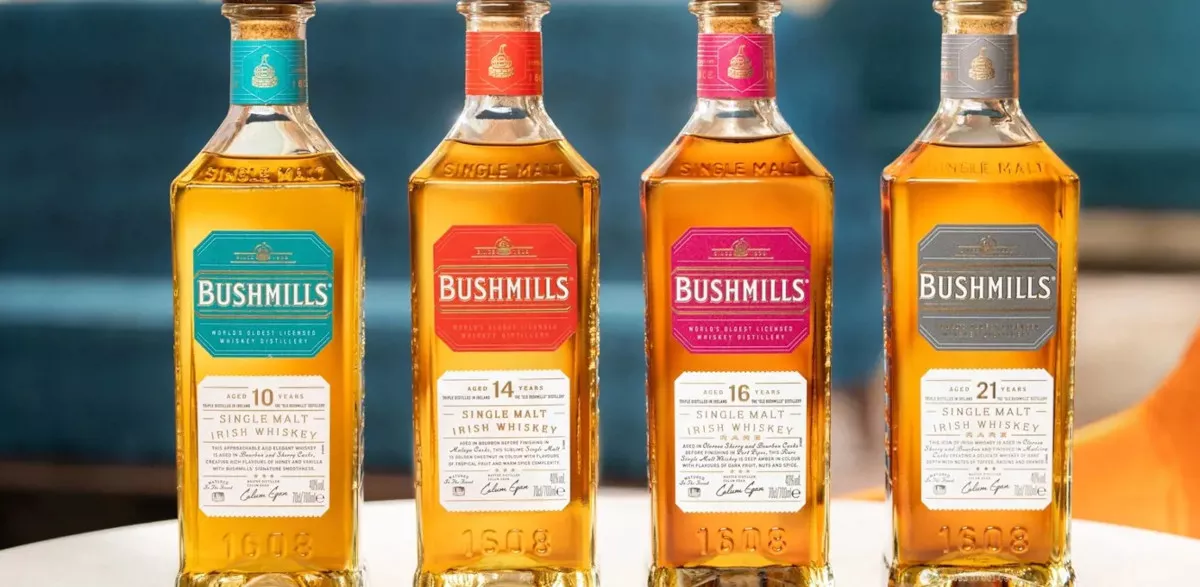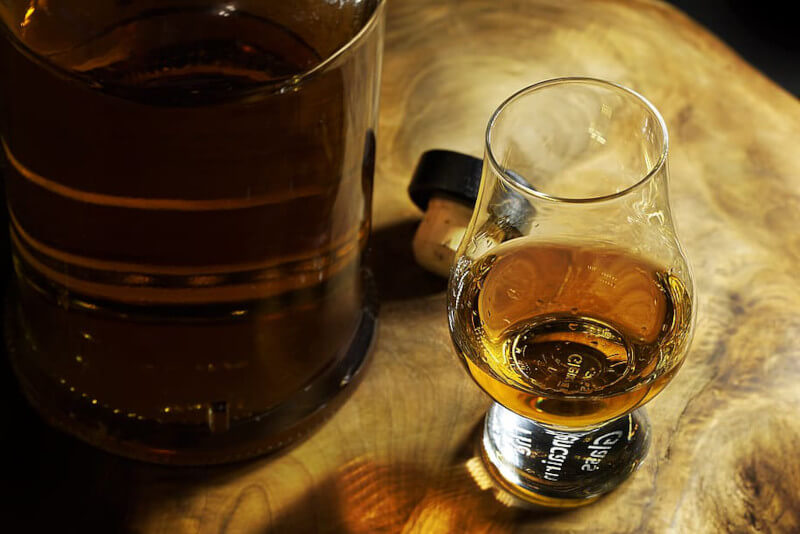When it comes to whiskey, Ireland’s history runs deep. It’s often credited as the birthplace of this beloved spirit, with distillation practices dating back to the 12th century. But this historic legacy hasn’t been without its fair share of trials.
Irish whiskey was once the most popular spirit in the world. During the 19th century, it was renowned for its smoothness and triple-distilled character. Yet, the Irish whiskey industry suffered a steep decline due to several factors including political strife, Prohibition in the U.S., and competition from Scotch whisky.
Quoting Mark Reynier, the founder of Waterford Distillery, “Ireland was producing the greatest whiskey in the world, and then it disappeared almost overnight. The industry was decimated.”
The Irish Whiskey Renaissance
However, the last few decades have seen a remarkable revival. Beginning in the late 1980s with the efforts of powerhouses like Jameson and Bushmills, the sector started rebuilding. But it was the entry of small independent distilleries that sparked the true renaissance.
John Teeling, founder of Teeling Whiskey, shares, “What we see now is a vibrant industry driven by innovation, quality, and a renewed appreciation for Irish whiskey’s unique character.”
Irish Whiskey Distilleries
Some Irish distilleries have played a crucial role in this revival:
- Teeling Whiskey: Their flagship small-batch release has won numerous awards, marrying traditional practices with innovative maturation techniques. Teeling Whiskey, located in the heart of Dublin, is known for daring to be different. Apart from their traditional small-batch whiskey, which uses an unconventional blend of grain and malt whiskey, they also produce a single grain whiskey that’s matured in Californian Cabernet Sauvignon casks. This introduces a distinct red berry and dried fruit character that’s uncommon in Irish whiskey.
- Waterford Distillery: Focused on the terroir concept, they source barley from individual farms, capturing the unique character of each plot. Waterford Distillery takes the concept of terroir to heart. Their whiskies are not just single malts, but single farm origin whiskies, each distilled from barley grown on a single, individual farm. They’ve even introduced an innovative digital log, TÉIREOIR code, which lets drinkers explore the exact provenance of the barley in their bottle, a testament to their commitment to transparency and traceability.
- Dingle Distillery: Pioneers of the artisan distillery movement, their highly sought-after releases reflect a unique coastal character. Dingle Distillery, situated on the southwestern edge of Ireland, leverages its unique coastal location to its advantage. Apart from the influences of the salty Atlantic air, they use locally sourced botanicals in their gin, and pot-still their vodka – practices that exemplify their dedication to showcasing local character. They also release their whiskey in small, limited batches to ensure quality and individuality in each bottle.
- Method and Madness: A micro-distillery within the famed Midleton complex, they are renowned for pushing boundaries with unique wood finishes. Method and Madness, although a part of the illustrious Midleton Distillery, prides itself on its experimental ethos. Their range includes a single grain whiskey matured in virgin Spanish oak, a single pot still whiskey finished in French chestnut, and even a single malt whiskey aged in cherry wood. These experimental finishes add an extra layer of complexity, making Method and Madness a beacon of innovation in the world of Irish whiskey.
Irish Whiskey VS. The World
Irish whiskey’s unique character sets it apart in the world of spirits. While the triple-distilled, smooth, and light style is quintessentially Irish, the new wave distilleries are not afraid to experiment.
Comparing it to Scotch, Carol Quinn, the archivist at Midleton Distillery, notes, “Whereas Scotch can be robust and smoky, traditional Irish whiskey is smooth and light. But our newer expressions offer a depth and complexity that can stand up to any international comparison.”
When it comes to American whiskies, she adds, “Bourbon has a sweetness from the corn and the new oak – Irish whiskey offers a different kind of sweetness, from malted barley and the use of ex-bourbon or sherry casks for maturation.” A comparative approach can shed light on their unique characteristics. Here are some key differences between Irish whiskey, Scotch, and American whiskies, primarily bourbon.
Irish Whiskey and Its Global Counterparts
| Irish Whiskey | Scotch Whisky | American Whiskey (Bourbon) | |
| Country of Origin | Ireland | Scotland | United States |
| Grain Used | Mostly malted and unmalted barley | Mostly malted barley | At least 51% corn |
| Distillation Process | Typically triple distilled | Mostly double distilled | Distilled at no more than 160 proof |
| Aging | Aged in wooden casks for at least three years | Aged in oak casks for a minimum of three years | Aged in new charred oak barrels for at least two years |
| Taste Profile | Smooth, light, with a hint of fruitiness | Can range from light and grassy to rich and smoky | Sweet with notes of vanilla and caramel, sometimes spicy |
It’s crucial to remember that the world of whiskey is diverse and ever-evolving. There are exceptions and variations within each category, making the tasting experience wonderfully complex. The resurgence of Irish whiskey has seen distillers pushing traditional boundaries, introducing novel expressions that can certainly hold their own on the global stage. It’s indeed a fine time to immerse yourself in the captivating world of Irish whiskey.
Reviving a Legend
As we reflect on the remarkable resurgence of Irish whiskey, we’re reminded that this is not just a tale of a spirit reborn. It’s about the indomitable Irish spirit, a testament to resilience and innovation. With its rich history and exciting future, Irish whiskey is a spirit that deserves a special place in our glasses and our hearts. So why not visit WhiskeyD to discover the diverse range of Irish whiskeys they offer? Each bottle tells a part of this remarkable tale.





